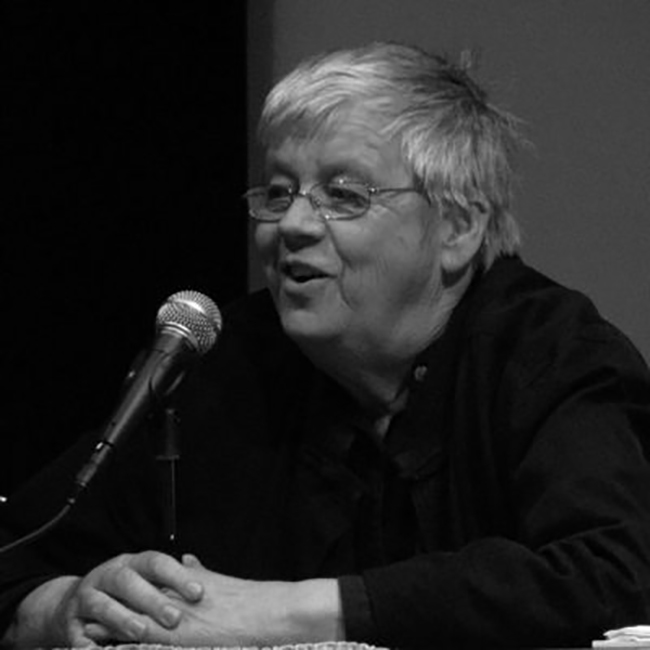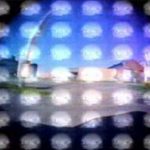SIGGRAPH 2016 Distinguished Artist Award: Vasulka
Awardee(s):
Award:
- Distinguished Artist Award
Description:
The 2016 ACM SIGGRAPH Lifetime Achievement Award in Digital Art is awarded to Steina Vasulka, a major contributor to the development of an intellectual and institutional framework for video and installation art, which she has continued to nurture and promote in a variety of contexts.
Her unique vision owes much to her background in music. Steina studied violin and music theory, attended the State Music Conservatory in Prague and played with the Icelandic Symphony Orchestra. After moving to New York City in 1965 she found herself part of the avant-garde ‘intermedia’ – an intermingling of music, dance, theatre, and film communities. Steina says, “… there is no grander life than creative artistic life. It is the unknown, the exploration, and the fact of being your own person in your own time. “
She began working with video in 1969, co-founding The Kitchen, an Electronic Media Theatre in SoHo, described as “An Image and Sound Laboratory” by the late film and video maker Jud Yalkut. This artist-run venue favoured discussion and experimentation; Steina called it LATL (Live Audience Test Laboratory). It enabled meetings, production and showings of electronic image work, attracting many musicians, dancers and performers operating outside the mainstream including Nam June Paik. It was a central aspect of the early movement of NYC intellectuals exploring video as an art medium and as a tool for social and cultural change, inspired initially by Marshall McLuhan’s influential media theories. For Steina, both sound and imaging devices are instruments. For example, she used her violin to control the video image in Violin Power (1969-78); the violin is patched through an audio synthesizer to a video switcher then activates switching between two camera views of the artist playing.
The artist explains her methods thus “Between taping and editing, there is usually an intermediary step during which I alter and mix the images, change color or run things upside down or backwards. This is where the particular uniqueness of working with the electronic image comes into play.”
For the on-going series Machine Vision (1975-), born out of her research into perception, Steina has utilised customised machines, kinetic devices and optical tools to control the camera. Her long fascination with a sphere’s potential for producing complex optical environments resulted in several works, such as Of the North (2001) and Seven Spheres, a series of variations on the sphere utilizing Boris software to shape the video signal into a sphere.
Recently she has become involved in producing interactive performance in public places, playing a digitally adapted violin to move video images displayed on large video projectors Violin Power (1992).
Throughout her career Steina held artist-in-residence posts at various television companies and institutions across the US and Tokyo. She was guest artistic co-director and software collaborator at STEIM (Studio for Electronic Instrumental Music) in Amsterdam 1996-97. In addition she has exhibited widely presenting video and new media works, occasionally collaborating with her husband Woody, including at the San Francisco Museum of Modern Art. Other projects took place in New Mexico, Reykjavik and Milano, and many international festivals; she represented her home country of Iceland at the Venice Biennale in 1997. The archive has recently been donated to the Vasulka Chamber at the National Gallery of Iceland.
ACM SIGGRAPH is honored to recognize Steina Vasulka as an important pioneer in the early history of video as a creative medium.
Source:
- ACM SIGGRAPH Press Release
Artwork(s):
-

In Search of the Castle
Artist(s): [Vasulka] [Vasulka]
Art Categories: [Animation & Video]
[SIGGRAPH 1982]





